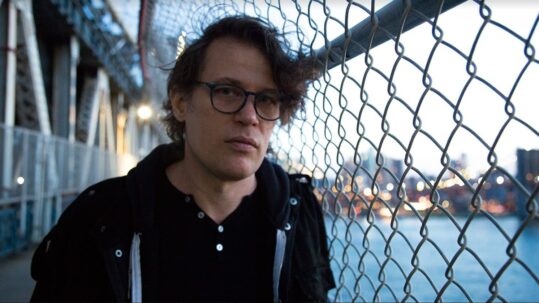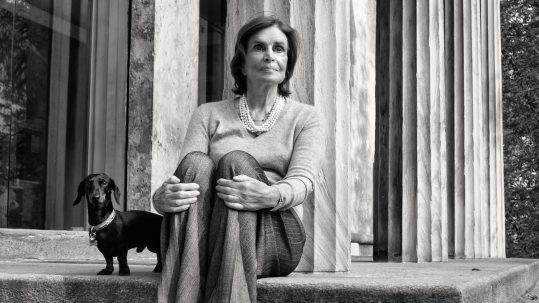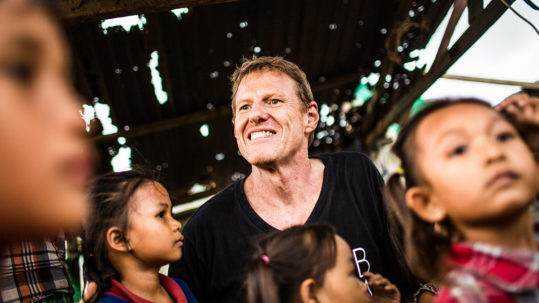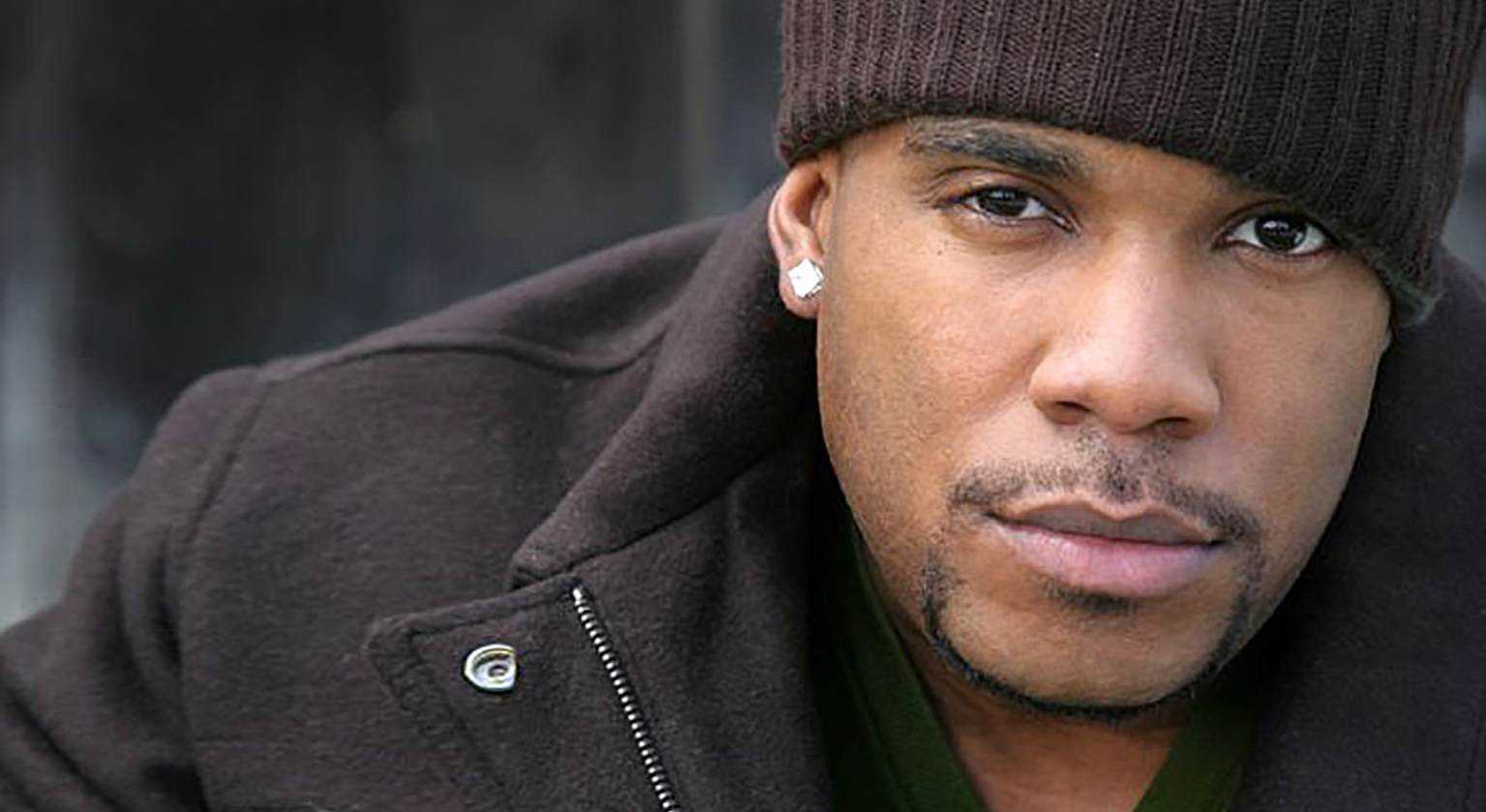
23 Dec Larnell Stovall
Photo courtesy of Larnell Stovall
Larnell Stovall
Born and raised in New Orleans, Larnell Stovall is a 5th dan and a former world champion in fighting, weapons, and forms (kata). In 2001, he moved to LA to pursue a career in the film industry as a stunt performer. He then worked his way up to action choreographer, stunt coordinator, 2nd unit director, and director, having recently premiered his first episode of DC’s Titans. With 200 credits to his name and a career that took him from Bollywood to Tollywood, Stovall is best known for his work on Hollywood’s most prominent blockbusters such as Creed, Captain America: Civil War, Ride Along, The Raid 2, The Fate of The Furious, Mortal Kombat and now he is at the helm of Titans.
By Victoria Adelaide | Dec 23. 2019
Victoria Adelaide: At 13 years old, you started on a path that would lead you to be a 5th dan and an international world champion fighter. What or whom inspired you to take on that journey?
Larnell Stovall: I was in high school in my freshman year. I was active, a class clown, I liked to make jokes, and I wouldn’t be quiet—it was the same with a lot of my classmates. One day, the teacher threatened the class with detention, even if we were not part of the crew that was making a ruckus. I remember a guy in class; he turned around and said to someone, “Shut up. I’m not going to get detention.” Then a lot of guys went, “Whoo, you better be quiet before he kicks you in the neck.” I was surprised because this guy was always quiet. So I asked him, “Do you know karate?” He said, “Yeah.” Then I asked him where he studied, and he gave me the name of the school: Blue Lion Karate Academy. Two or three days later, I caught the bus to that school, sat there, watched maybe two classes, and it felt like something I wanted to do. I started a week later. I loved it and stuck with it. The funny part is that the guy who introduced me to this had a black belt test less than a month from the time I started. He got his black belt and quit after that. Now that I have been doing this well over 30 years, I find that hilarious because, in hindsight, he introduced me to the school he quit. I winded up becoming one of the most successful champions of the school ever and went on to do things in Hollywood. I never had a chance to thank him; he never was around to see my growth.
VA: What weapons do you use?
LS: I like working nunchucks; that was probably my first weapon. They were foam padded nunchucks. Lots of people know Bruce Lee was famous for nunchucks. A lot of kids had those, and I gravitated toward those, then I moved on to what they call kamas, which are like sickles. They are very light. Some of them look very sharp, but they are dull, and they became popular in the competition. You’re able to twirl, flip them, do different things, and do cool moves and tricks with them at the same time. So, I like those weapons the most.
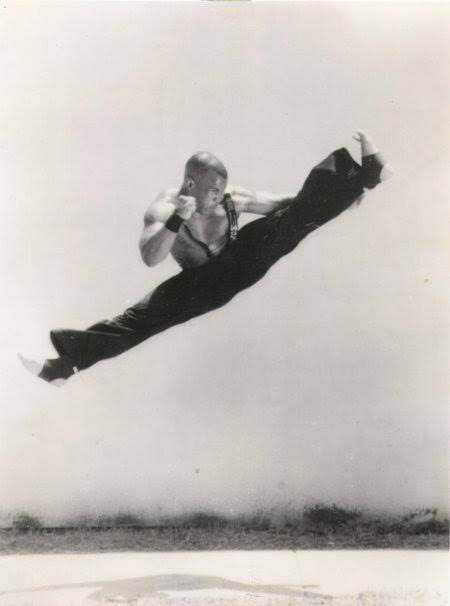
VA: I wanted to ask you who was your biggest inspiration, but after what you just said, I assume it was Bruce Lee?
LS: Oh yeah! I loved his swag, his determination, and the older I became, the more I found out about his story and everything he went through to become the legend that he is. He had a significant influence on my love for martial arts. However, it’s Wesley Snipes who made me want to transition from doing martial arts at competitions across the world to see if I could take a chance and do it on the big screen or on TV shows. The movie Blade was one of the biggest influences to make me go, “OK, I’m content with my job, but I know there is more for me out there.” I quit my job and left New Orleans to go to LA.
VA: Right, so you moved to LA in February 2001 to pursue a career in the film industry as a stunt performer. How did you go from being a fighter to choreographing Hollywood’s biggest movies?
LS: When you decide to get into the industry, you have to know the field you’re going into. So you can see if you are learning those skills for that field or if you are bringing something to the table so people can hire you and you can become better within that field. I wanted to be a stunt guy, so I moved to LA to do stunts. I noticed there weren’t many black stunt guys consistently working unless they were stunt doubles who matched Will Smith, Denzel, Wesley Snipes, or whichever actor was playing in the action movie. I didn’t match any of those guys, so I had to find another way. I moved into doing fight choreography, because, in competitions, I was always creating my katas, which is a series of movements, conscious kicks, and flips. Whatever I created, that was my katas. So, I transitioned that creativity into creating my fight scenes and started filming shorts, doing independent films to build up a resume, and a reel. I just climbed from there.
VA: To keep on top of your game, what comprises your mental and physical training?
LS: The mental game is probably one of the most significant aspects of this industry. Staying strong, accepting rejection, and not allowing it to deter you from trying again or pursuing your passion even harder. Sometimes a ‘no’ is a good thing because it may make you go down a different path. Concerning staying on that path, I would look at it and say, “Ok, I didn’t get this job, but it probably was for the best. Either I wasn’t ready, or there is another job that I was meant to do.” So, staying mentally focused is key to this. Regarding the physical part, yes, I do have to train myself to demonstrate the movements. Usually, it’s just me on set as the stunt coordinator or action director. I may have to adjust the actor’s punches, stances, kicks, and movements. So you might have to do just enough to make sure the actor looks great. There is always a stunt double, your fight choreographer who is there to help you with those things. However, I do have to get out there sometimes myself to make sure things are executed well.
VA: How do you keep yourself up to date?
LS: As far as research, I use anime, video games, movies, and YouTube. They’re all research tools to keep you creative, updated on what’s going on, and what’s upcoming, like things from overseas, Korea, Japan, China, Indonesia, and so on.
VA: On DC’s Titans Season 2, how did you style fight scenes for each character so they were original?
LS: The great thing about it is that there was history. We had comic books, graphic novels, cartoons, and things to reference. You always respect the fans and what they expect, but you also want to bring something unique and different to the table. So you take each character, look at what they’ve done before, at what is in the comic book, their history, and what their creator says is the style this character should represent because that’s what you want. For example, let say you take a character like Robin or Nightwing; you have to make sure there is a transition between what he did as Robin versus what he’s done as Nightwing. You want to make sure you respect what came before and what needs to happen now. Add a little extra flavor in there, and hopefully, the fans will love it. Then you have a great team around you that helps you bring it to life.
VA: How do you work with the actors on that?
LS: Fortunately, this season, we had a small boot camp, where I was able to bring the actors in and run them through some motions of styles we were thinking each person represents. It gives them a base, because as long as you know how to kick, punch, hold your stance, look powerful and proper, keep your chest up, your core tight, stay limber by stretching properly, and look powerful when you’re attacking, then from there it’s just about following our creativity, the stunt, or the choreography we have. But throughout the season, when things get hectic, we try to bring the actors in for a few hours and show them their fight. They rehearse it, and then we set in stone what part will be the actor versus what part has to be the stunt double.
VA: From stunt performer to choreographer, stunt coordinator, and 2nd unit director, you are now recognized as a director in your own right. Can you tell us about your journey to get there?
LS: Well, it’s like giving a three-year-old a crayon and saying, “Sketch me a map of the world.” There are scribbles, scratches, circles, and lots of crazy lines. I would describe it as my path. Everybody’s path is different. Some people go by the book; they hang and network with the right people, they have a certain look, and things are set in stone for them. They know that after a number of years, they’ll be where they are supposed to be. My path was different. It started in the States. Then, I went all over the world to get footage, experience, and to gain respect. Each time I left, I came back with more respect and more experience. To go out of the country by yourself, work somewhere that speaks a language you don’t understand, but they know the language of action, then to execute the action well and come back, it gives you confidence. So when you get your break in the US, you’re able to run the set, and you also have that confidence that you can’t get just sitting back and following the machine. You get opportunities when you come back because producers see that confidence in you.
VA: You recently had your premiere for your first episode as a director of DC’s Titans. How does it feel?
LS: It was a great experience. During the process, when you are directing, you are editing. You have to think about what your vision is first. Deliver that, get it edited properly, then it goes to the studio. Producers may touch it, edit it, and may change things. Then you guys try to meet in the middle, and then you find the end product once the end product is set. You have a date, and it’s about the premiere. In the back of your head, you hope it’s well-received, that people enjoy it, and as that date gets closer, yes, there is some excitement and some anticipation. Because this is like your baby; you try to make sure it’s as great as it can be, but then when it’s out, you have to sit back and be prepared for judgment and criticism—but, fortunately, for praise, too, which I’m very grateful for. A lot of fans gravitated to episode 12, with respect to the stories that came before and came after. This was the episode right before the finale, so there was a lot of anticipation on what people thought they would see and the story that would develop. I had a great team, and for me, it was weird having that premiere, knowing that on that weekend everybody was watching my hard work. I’m incredibly humbled and grateful for it. It scored 8.5 out of ten, and people are still voting on it. Producers in the studio pay attention to things like that. They know what the fans like, and if the fans liked what they saw, then nine times out of ten, you come back, and they want you to direct again—or they let other studios know, then it opens up more opportunities for you elsewhere.
VA: Is there something you are working on right now you would like to tell us about?
LS: I hope I will be announcing my first movie very soon, hopefully within the next six months. Movies are the reason I got into this industry, and at the moment, I’m working with a great writer to try to lock in my first feature film.
VA: What’s the big dream?
LS: The big dream right now would be to direct Blade. If I am chosen to direct Blade, that would be full circle for me because Blade is the reason I entered this industry. I think Blade will be released in about 2-3 years from now—the new one that Marvel wants to do. So let’s see if the stars line up and I get that call (smiles). That would be amazing.
VA: Who is the actor you would like to work with?
LS: Believe it or not, I’d say Denzel Washington. Some people are surprised because they think I would pick an action person like Jackie Chan or Donnie Yen. But I’d choose Denzel, because I would love to have conversations with him about his experiences, his career, and just learn from him. He fascinates me; I would love to work with him.
...The movie Blade was one of the biggest influences to make me go, “OK, I'm content with my job, but I know there is more for me out there.”``

